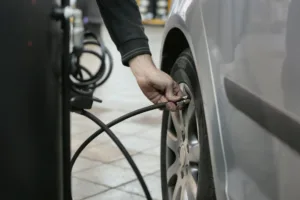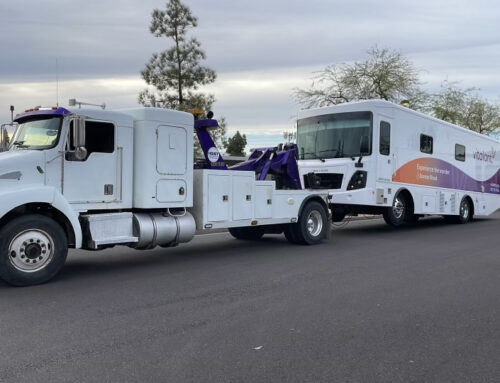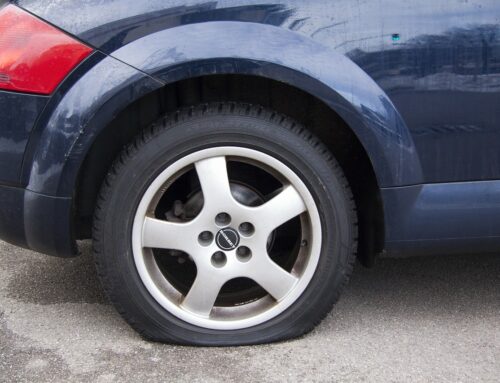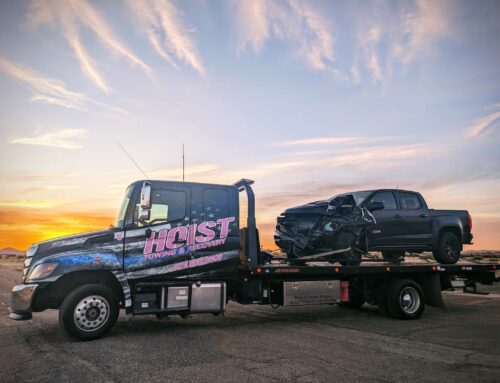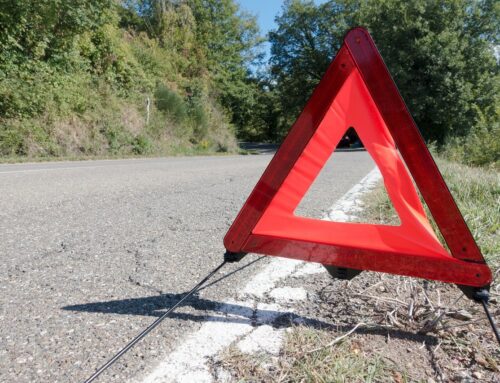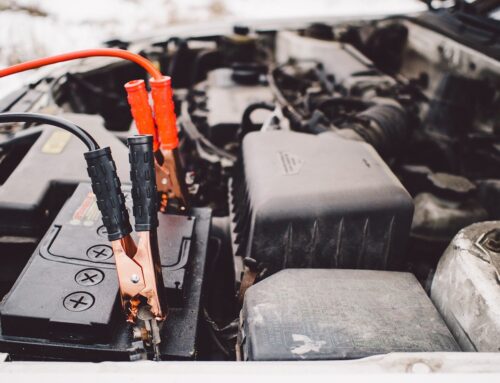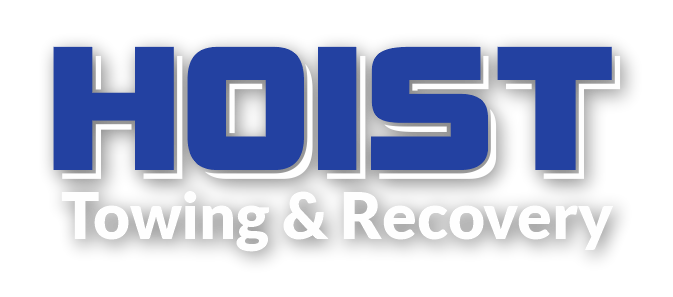Check your Tire Pressure to Avoid a Blowout
Don’t wait for a disaster like a tire blowout to occur! Hoist Towing & Recovery, a trusted roadside assistance service in Northern Arizona, advises you to proactively check your tire pressure to avoid such incidents. A tire blowout, characterized by a loud and frightening explosion accompanied by the smell of burning rubber, can occur suddenly, especially on fast highways, posing dangerous and uncertain situations. Taking preventive measures, such as regularly inspecting your tire pressure, can help mitigate the risk of such emergencies.
How often should I check my tire pressure?
Once a month while the tires are cold (not recently driven), use a pressure gauge to determine the PSI. Keep in mind that higher elevation and different seasons can change the pressure in tires significantly, so adjust accordingly. If you need to fill up your tires but don’t have an air pump, you can often find one at a gas station or a local car parts store.
How do I know how much tire pressure my car needs?
Inside the driver’s door is generally where you will find a sticker that gives the “recommended tire pressure” and “max pressure”. The max pressure is the most amount of air your tires can contain, so this is not the pressure you want. Try to fill your tires up to the recommended tire pressure for the safest bet on the road.
DO NOT use the PSI that is printed on the sidewall of your tires. This is not the recommended PSI; it is the maximum inflation pressure. Filling your tire to this pressure is unsafe and could cause a blowout. Vehicle manufacturers set the recommended pressure when the tires are cold. So, for the most accurate measure of your tire’s PSI, you should check them in the morning before you leave or after the vehicle has been parked for three or more hours.
What should I do if I have a tire blowout while driving?
The goal in any blowout is to keep the vehicle balanced and controllable. Do not panic. Any overreaction – including slamming on the brakes or abruptly removing your foot from the accelerator – can result in a loss of control over the vehicle. Instead, you should take the following steps:
- Hold the steering wheel with both hands
- Allow your vehicle to slow down if possible and if it’s safe to do so.
- Correct the steering as necessary to stabilize your vehicle and regain control. Look where you want the vehicle to go and steer in that direction.
- Once your vehicle has stabilized, continue to slow down and pull off the road where and when you judge it’s safe to do so.
What causes tire blowouts?
Both too much or too little pressure can cause blowouts. If your tires have too much air in them, less of the tires’ surfaces touch the ground, causing your car to lose traction. You may bounce around on the road, unable to maintain adequate stopping distances. If there is too little air, then too much of the tire is in contact with the ground, causing friction and also causing tires to wear prematurely. The friction can cause overheating which can cause the tread to separate – a dangerous recipe for a blowout.
If you monitor your vehicle just once a month, you can avoid not only a costly repair service but also a potential crash from a blown out tire. Protect yourself and your car with regular tire pressure checks. If you do find yourself in the unfortunate situation with a blowout, contact our team at Hoist Towing & Recovery at (928)-660-0606. Our services span the picturesque landscapes of Northern Arizona, encompassing vibrant communities such as Prescott, Chino Valley, Prescott Valley, Dewey-Humboldt, Mayer, Cordes Lakes, Camp Verde, Cottonwood, and Sedona. Additionally, we offer towing services along Interstate 17 and can provide off-road recovery services in areas such as Crown King, Bumble Bee, and Black Canyon City.

